5 Ways to Increase Your SQUAT MOBILITY AND DEPTH - Try these warm-up and corrective exercises!
Whether you are an Olympic weightlifter, bodybuilder, CrossFitter, or everyday human looking to lose weight and feel great... odds are you NEED to squat better!
Here are five (5) of my favorite squat exercises to improve mobility (ankle, knee, hip), glute stability, unilateral leg strength, and movement mechanics.
As discussed in the video, you can insert these within your current training program during warm-ups or add them to your accessory movements to build better movement patterns.
(01:20) - Dynamic Ankle Rocks
Properly address ankle mobility and determine any limitations in ankle flexion. Additionally, you will be able to pinpoint any asymmetries in ankle mobility on a unilateral basis. This can also be combined with an active couch stretch, which can be used to increase hip flexor and quadriceps flexibility as well. Ideally, you would be able to extend your knees an inch or so past the toes. Use this as an objective measurement/assessment tool to track active mobility.
(02:15) - Cossack Squat
This is a great dynamic movement to increase ankle, knee, and hip mobility, increase adductor strength, and stretch the hamstrings and groin. Do not rush though this movement, but rather take your time, get depth, and keep your heels down. When doing this, be sure to keep the chest up and heels down, while also minimizing any rotation of the hips. When starting out, you may find this very challenging to get depth, but stick with it, in time you will increase both flexibility and control in deeper positions. For beginners, holding a light dumbbell or kettlebell in the front goblet rack position can help increase balance and often allow greater depths in the squat.
(03:27) - Single Leg Step Down
Improve your eccentric strength and balance with this tempo-based unilateral movement. The step down is done with the emphasis on controlled lowering of the body into deep flexion of the ankles, knees, and hips. As you start out, this may mean only a few increases, but as you progress, you can increase depth to challenge unilateral leg strength, glute stability, and overall squat mechanics.
(04:54) - Heels Elevated Kettlebell Squat
This can be used as a squat warm-up movement or as a fundamental strengthening movement during accessories (or with beginners who cannot back squat). By elevating the heels, you allow for a more vertical torso angle and higher degrees of knee flexion, which will emphasize quadriceps engagement and utilization. Add a mini-band in this movement to increase glute medius activation as well. Lastly, you can change the placement of the kettlebell from the goblet position or offset to challenge core stability as well.
(06:20) - Kang Squat
This combination exercise is great during barbell warm ups as it explores both hip and knee dominant movement patterns (hinging and squatting). To do this, begin by performing a goodmorning, feeling the stretch in the hamstrings and hips. Once you have done that, simply pull yourself downwards into a deep squat, allowing the knees to flex, sitting down into a deep squat. Your chest and shoulders should become vertical, as you keep your feet down and active in the floor. Reverse the movement, and come back into a goodmorning position, and then return to the start. As discussed, these can be used during the week in warm-ups or programming individually in corrective segments and/or accessory training blocks.
